Have you ever needed to quickly find out the name of your computer or the domain it’s connected to? Well, PowerShell makes it super easy! In this blog post, I’ll show you some straightforward ways to get this information from your computer using different PowerShell commands.
Let’s get in and explore a few handy PowerShell commands that will help you get your computer’s name and domain name with just a few clicks.
PowerShell Get Computer Name and Domain
Get the Computer Name using HostName.exe
One way to get your computer’s name is by using the `HostName.exe` file. This is an executable file that you can find on your computer’s drive, typically located at `C:\Windows\System32`. The `HostName.exe` file contains machine code and commands specifically for this purpose.
To use it, open PowerShell and run the following command:
HostName.exeThis command will display your computer’s name or hostname in the PowerShell window.
Note: To get your computer’s name, you can also run the `HostName.exe` command in the regular Command Prompt command.
It’s a straightforward method to retrieve your computer’s name using a built-in executable file. However, PowerShell also provides some other convenient ways to get this information, which we’ll explore next.
Using WMI to get computer name
Another helpful method to get your computer’s name and domain information is by using WMI (Windows Management Instrumentation). WMI allows you to access management information in a standard environment, following the CIM (Common Information Model) standard to represent systems, applications, devices, networks, and more.
In PowerShell, you can use the Get-WMIObject cmdlet to retrieve information about WMI classes, including details about your computer system. Here are a few examples:
# Get computer system information
Get-WMIObject Win32_ComputerSystem
# Get computer name from the system information
Get-WMIObject Win32_ComputerSystem | Select-Object -ExpandProperty Name
# Get domain name from the system information
Get-WMIObject Win32_ComputerSystem | Select-Object -ExpandProperty DomainThe first command returns comprehensive information about your computer system, such as the computer name, domain name, manufacturer, model, and more.
The second command uses the pipe operator (|) To take the output from the first command, select only the Name property, which gives you your computer’s name.
The third command follows a similar approach but selects the Domain property instead, allowing you to retrieve your computer’s domain name.
Get Computer Name Using CIM
Yet another approach to get your computer’s name in PowerShell is by using the Get-CIMInstance cmdlet to access the Common Information Model (CIM). The CIM provides a standard way to represent and access information about various components of your system.
# Get computer information
Get-CIMInstance CIM_ComputerSystem
# Get computer name only
(Get-CIMInstance CIM_ComputerSystem).NameThe first command, Get-CIMInstance CIM_ComputerSystem, retrieves detailed information about your computer system, including the name, primary owner name, domain name, computer model, manufacturer, and more.
If you only want to retrieve the computer’s name, use the second command: (Get-CIMInstance CIM_ComputerSystem).Name. This command takes the output from the first command and selects only the Name property, giving you your computer’s hostname.
Get Host Name Using an Environment variable.
If you’re looking for a straightforward approach to get your computer’s hostname in PowerShell, you can use an environment variable. Environment variables store various system settings and data, including your computer’s name.
To retrieve your hostname using an environment variable, you can use the following command:
$env:computernameThe $env variable in PowerShell provides access to all the environment variables on your system. By specifying $env:computername, you’re directly retrieving the value of the “computername” environment variable, which contains your computer’s hostname.
This method is straightforward and requires no additional cmdlets or modules. It’s a quick and easy way to get your computer’s name, making it a handy approach when you need that information promptly.
Using .Net Machine name
Another method to get your computer’s name in PowerShell involves leveraging the power of .NET classes. PowerShell has seamless integration with the .NET Framework, allowing you to access and utilize various .NET classes and their functionality.
To retrieve your machine name using this approach, you can use the following command:
[System.Environment]::MachineNameIn this command, [System.Environment] is a .NET class that provides information and static fields related to the current machine environment. By accessing the MachineName property of this class, you can directly obtain your computer’s name.
This method is particularly useful when you need to retrieve the machine name programmatically or integrate it with other .NET code. By leveraging the .NET Framework’s classes, you can take advantage of their rich functionalities and capabilities within your PowerShell scripts or commands.
Using .Net GetHostName() function
Another way to leverage the power of .NET in PowerShell for getting your computer’s hostname is by using the System.Net.Dns class and its GetHostName() function.
[System.Net.Dns]::GetHostName()The System.Net.Dns class is part of the .NET Framework and provides methods for performing DNS-related operations, including retrieving the hostname of the local computer.
By calling this class’s static GetHostName() method, you can directly obtain your computer’s hostname as a string value. This method is advantageous when you need to retrieve the hostname programmatically or integrate it with other .NET code within your PowerShell scripts.
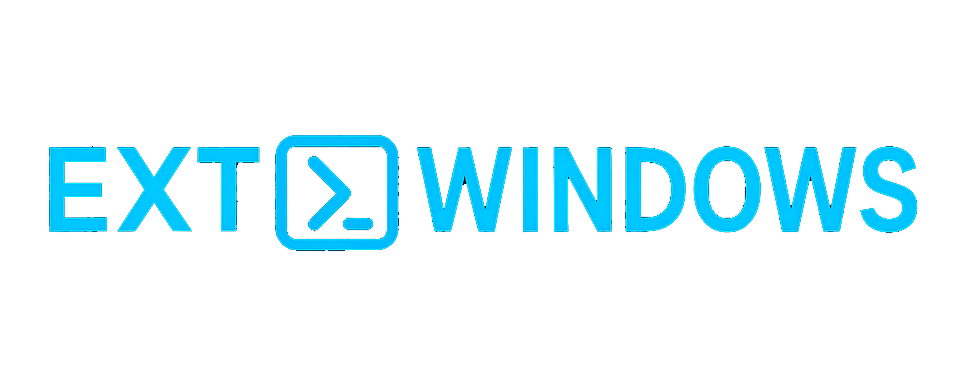
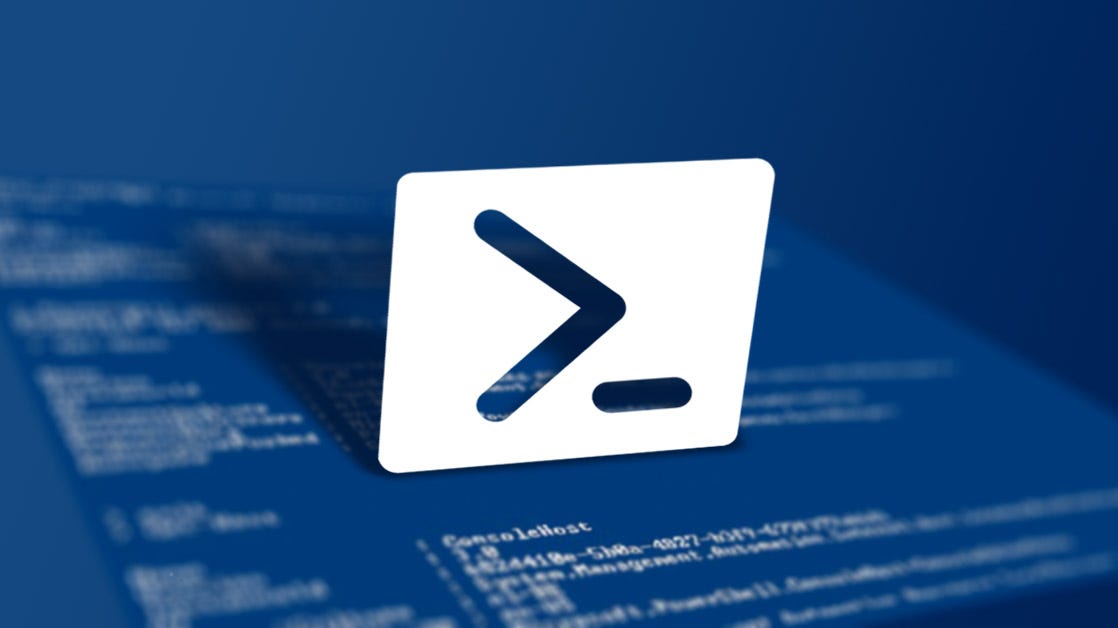
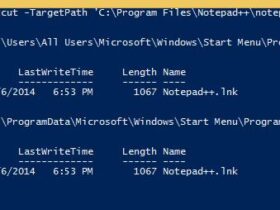
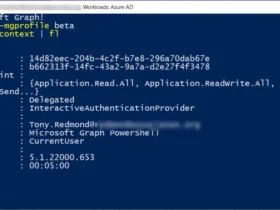
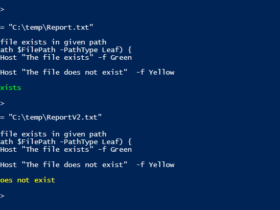
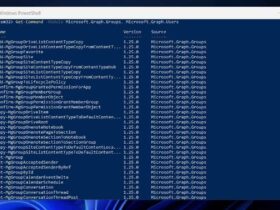
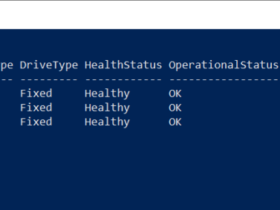
Leave a Reply
View Comments